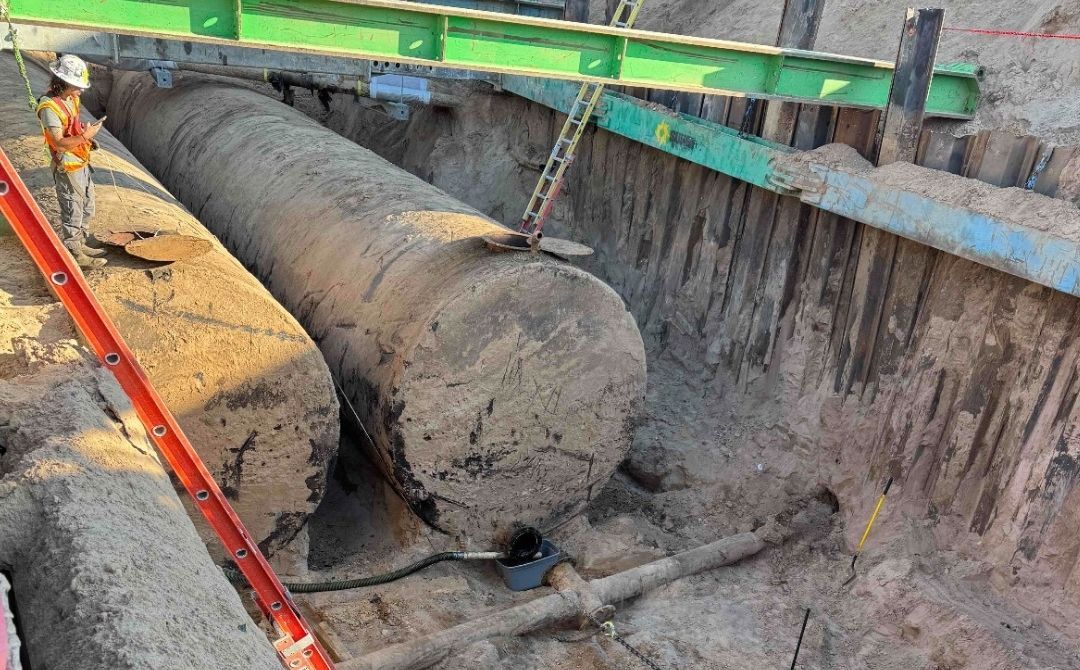
Navigating the RCRA Cradle-to-Grave Process for Tank Cleaning: A Generator’s Handbook
For facilities that store fuels, chemicals, or other regulated substances, routine tank cleaning isn’t just about maintenance—it’s also about compliance. Under the Resource Conservation and Recovery Act (RCRA), any waste generated during tank cleaning falls under strict federal guidelines.
This concept, known as “cradle-to-grave responsibility”, means the generator is legally responsible for the waste from the moment it’s created until its final disposal.
What Cradle-to-Grave Means for Generators
Generators remain accountable through the entire waste lifecycle:
-
Generation – Sludge, rinsate, or hydrocarbon residues are created during tank cleaning.
-
Accumulation & Storage – Waste is staged onsite in compliant containers.
-
Transportation – Licensed haulers transport the waste.
-
Treatment, Storage, and Disposal (TSD) – Only RCRA-permitted facilities can receive the waste.
-
Record-keeping – Documentation (manifests, profiles, certificates) proves compliance.
The Tank Cleaning Workflow with Enviro Care
1. Pre-Cleaning Assessment
-
Waste profiling and hazard identification
-
Air monitoring and safety plan preparation
- Laboratory analysis determines if waste is hazardous under RCRA
2. Tank Entry & Cleaning
-
Confined space entry with trained technicians
-
High-pressure hydro-blasting, vacuum recovery, and chemical cleaning if needed
3. Packaging & Labeling
-
DOT-approved containers with EPA/DOT labeling requirements
4. Transportation & Disposal
-
Licensed transporters with manifests signed at every stage
-
Waste delivered only to RCRA-permitted TSD facilities
5. Documentation & Closure
-
Final reports, manifests, and disposal certificates supplied to the generator
Equipment Used
-
Vacuum trucks for sludge/liquid recovery
-
High-pressure hydro-blasters
-
Air monitoring instruments
-
Specialized PPE for confined space entry
-
Approved containers for hazardous waste
Case Example: Refinery Tank Decommissioning
A petroleum refinery contracted Enviro Care to clean and decommission a 40,000-gallon tank. The sludge was classified as hazardous due to benzene content.
-
Confined space cleaning removed 15 cubic yards of sludge.
-
Waste was containerized, profiled, manifested, and transported to a permitted TSD facility.
-
The project was completed in one week with full regulatory compliance and documentation.
Why This Matters
Under RCRA, the generator is ultimately responsible for waste—even after it leaves your site. Partnering with Enviro Care ensures a compliant, cradle-to-grave process that minimizes liability and gets your tanks back in service safely.
Need a tank cleaning partner who understands RCRA compliance? Call Enviro Care’s 24/7 emergency hotline at 800-820-9058 to schedule service today.
